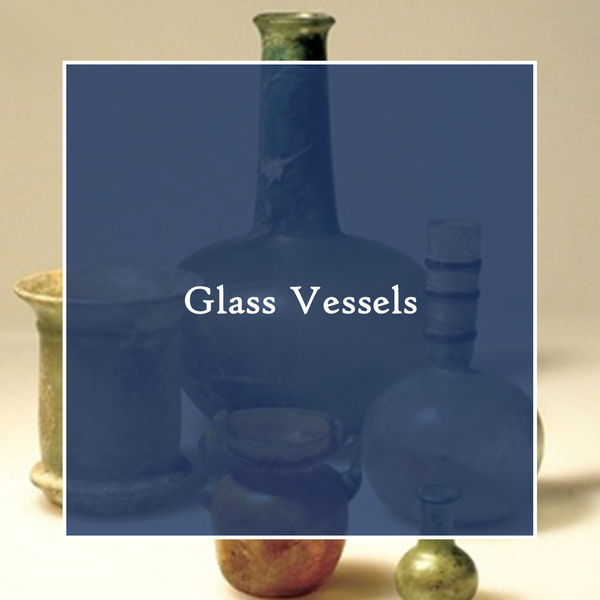Glass Vessels
|
The Collection of Classical Antiquities owns an extensive collection of antique glass vessels. In addition to some early pieces dating to the Archaic period, there are numerous Roman glasses, primarily from the eastern Mediterranean region, from Asia Minor and Syria. Most of these glasses date to the 2nd to 4th century AD. The predominantly good state of preservation of the filigree vessels suggests that they are grave goods. Glass working was developed in the 3rd millennium BC, probably in Mesopotamia. The first objects made of glass were beads, seals and pendants. The oldest glass vessels come from Egypt and date back to the 16th century B.C. The Egyptian glasses were primarily small-format vessels such as anointing oil vials. Due to the elaborate and technically complex manufacturing process, they were expensive luxury goods. Pendants and beads made of glass are also known in the Mycenaean culture. The early glass vessels were produced using the so-called sand core technique. In this technique, a core of clay and sand was either dipped in molten glass or wrapped with molten glass threads. Using the same technique, various decorations could also be applied to the body of the vessel. After the glass had cooled, the core was removed. The vessels of this technique are all small in size and often decorated in different colours. From Egypt and the ancient Orient, knowledge of glass working also reached Greece, but there it remained of secondary importance compared to ceramics. |
|

